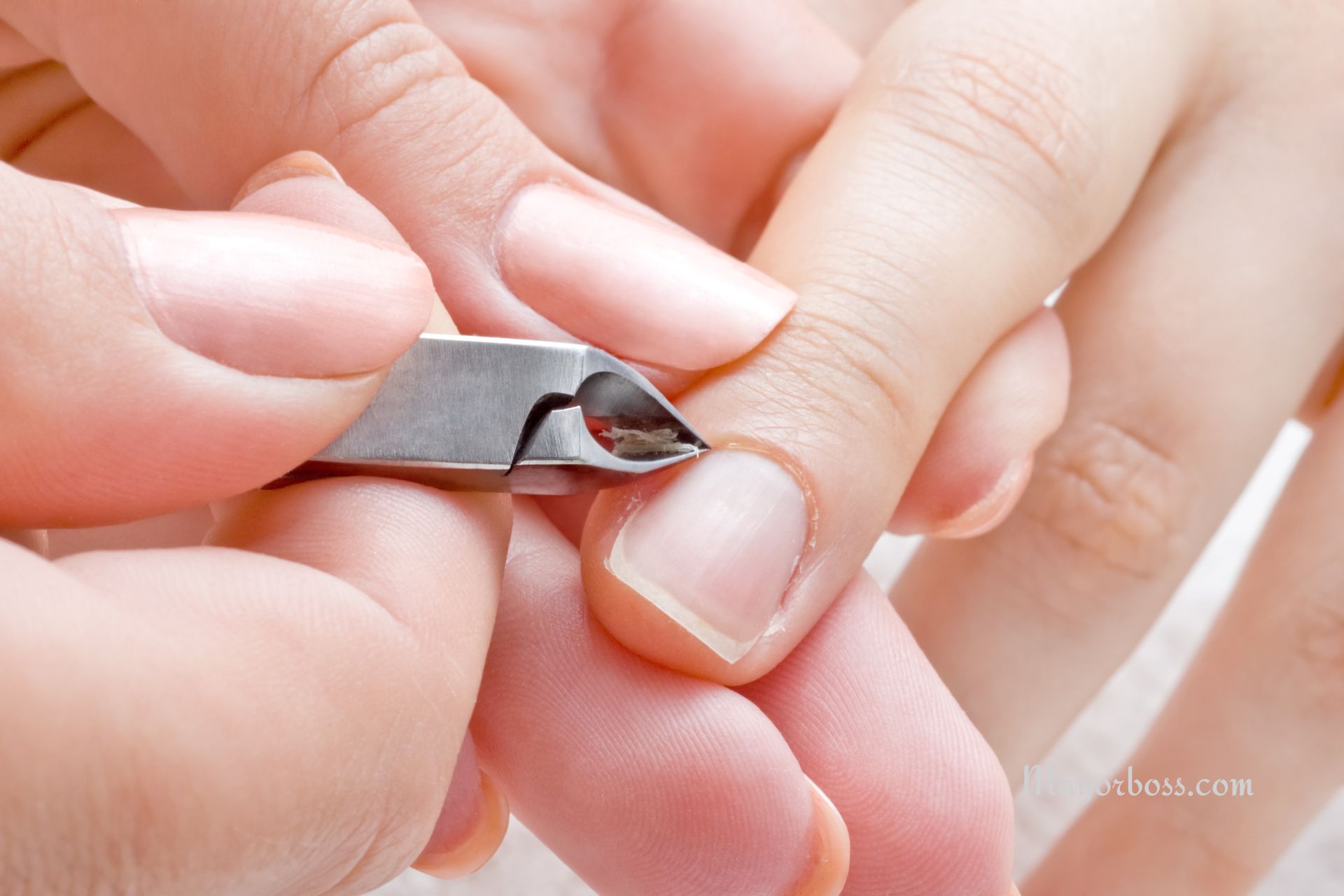Why You Shouldn’t Peel Your Hangnails
Hangnails—those tiny, pesky pieces of torn skin around your nail bed—might seem harmless enough, right? You might think that just pulling on them could be the quick fix you need. However, as tempting as it may seem to just rip them off and move on, there are several compelling reasons why you should resist the urge and treat them with a bit more care.

What Happens When You Peel a Hangnail?
Peeling a hangnail can seem like a trivial act, one you might do subconsciously when you’re bored or stressed. But hang on a minute—did you know this small action can expose you to some unwanted consequences?
Increased Risk of Infection
Firstly, peeling your hangnails can lead to open wounds. These tiny tears in the skin are prime gateways for bacteria and viruses. Infections can start subtly, but they often escalate quickly, leading to redness, swelling, and sometimes a painful pus-filled area around the nail. These infections, if severe, can even require medical treatment.
Delayed Healing
Also, think about this: when you tear a hangnail, you often pull off more skin than intended. This not only hurts but can also make the area take longer to heal. It interrupts the natural healing process, potentially leading to more significant damage or even permanent scars.
Potential for Worse Damage
And guess what? Sometimes, the damage goes beyond just a simple infection. In severe cases, chronic hangnail peeling can lead to nail deformities or cause the nail to grow incorrectly. Definitely not what you want, right?
How to Properly Care for Hangnails
Now, you might be wondering, “What should I do instead?” Let’s take a look at how to manage those annoying hangnails without causing further harm.
Step 1: Soften the Hangnail
Soften the area by soaking your hands in warm water for a few minutes. This step makes the skin more pliable and less likely to split when you handle it.
Step 2: Trim It Carefully
After softening the hangnail, gently push back the surrounding skin with a cuticle pusher and trim the hangnail with sterile nail scissors. Be sure not to pull or tear!
Step 3: Moisturize and Protect
Next, apply a nourishing cuticle oil or a thick moisturizer to the area. This will not only keep the skin supple but also protect the exposed part from infections.
What Are the Long-Term Solutions?
Prevention is key when it comes to hangnails. Here’s how you can prevent them from happening in the first place:
- Maintain Good Nail Hygiene: Regularly trim and file your nails to prevent snagging and tearing.
- Keep Your Hands Moisturized: Use hand cream throughout the day, especially after washing your hands, as soap can dry out your skin.
- Protect Your Hands: Wear gloves when doing dishes or gardening to prevent damage from harsh chemicals or soil.
Frequently Asked Questions
1. Can hangnails cause permanent damage?
While hangnails themselves won’t cause permanent damage, repeated infections and improper handling can lead to nail deformities.
2. What if a hangnail is really painful?
If a hangnail is very painful or shows signs of infection (like pus, excessive redness, or swelling), consult a healthcare provider. They might prescribe medication or suggest other treatments.
3. Are there any home remedies for infected hangnails?
Soaking the affected finger in warm water mixed with Epsom salt can help reduce pain and swelling. However, if symptoms persist, professional medical treatment is necessary.
